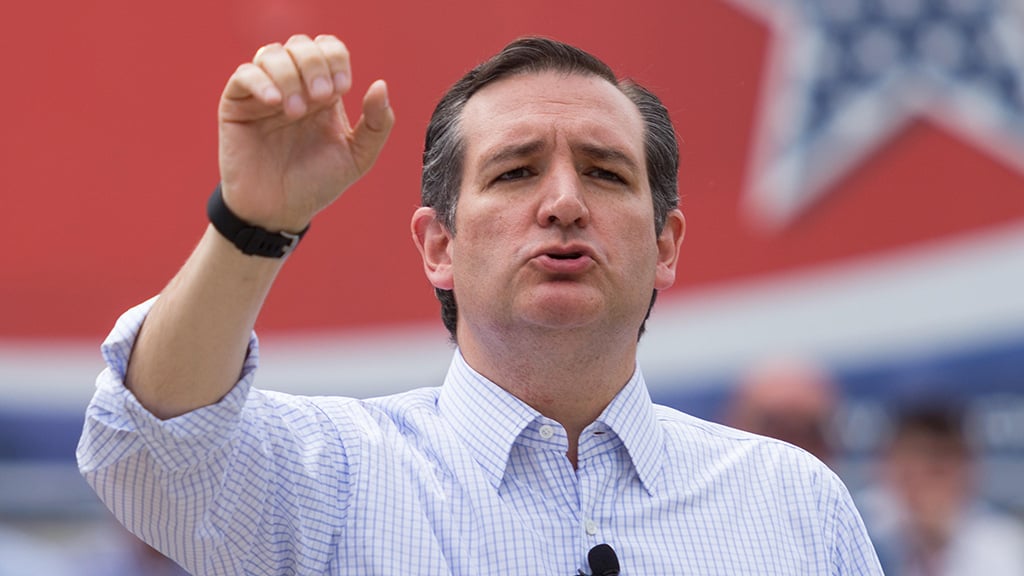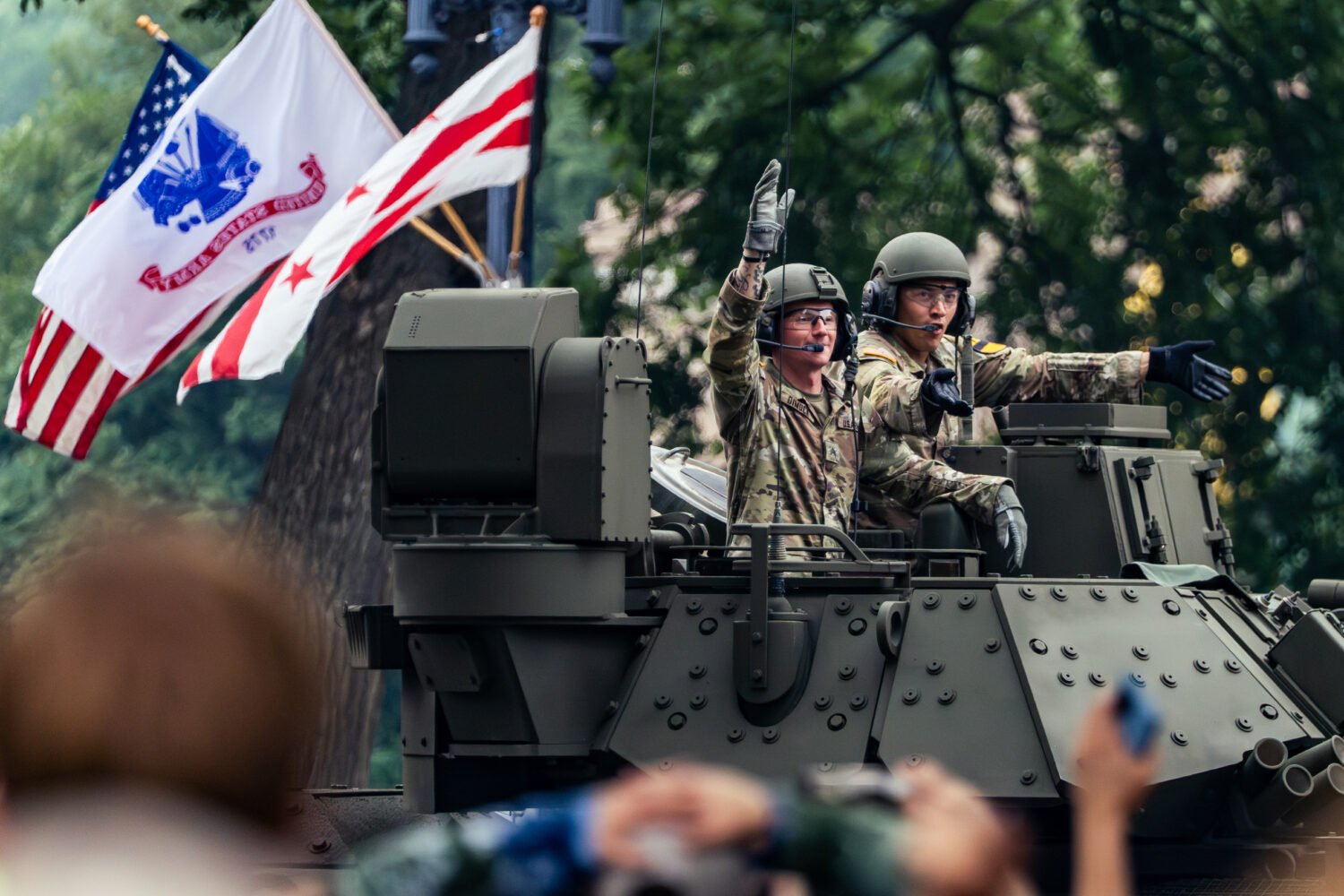Neurologist Richard Cytowic doesn’t watch the presidential candidates’ debate like the rest of us. With his deep knowledge of human neural networks, the George Washington University professor is often engaged in deciphering what lies behind facial expressions, hand movements, and torso twists.
Reading others is not a special skill. “Our ability to decipher body language is the starting point for all social communication,” Cytowic points out. What he sees, in other words, we unconsciously take in while politicians posture, plead, and argue, telling us as much as we learn by listening. “You may even see that the emperor has no clothes,” he says.
We asked Cytowic to examine the top players in the 2016 election cycle to explain how humans read a face.
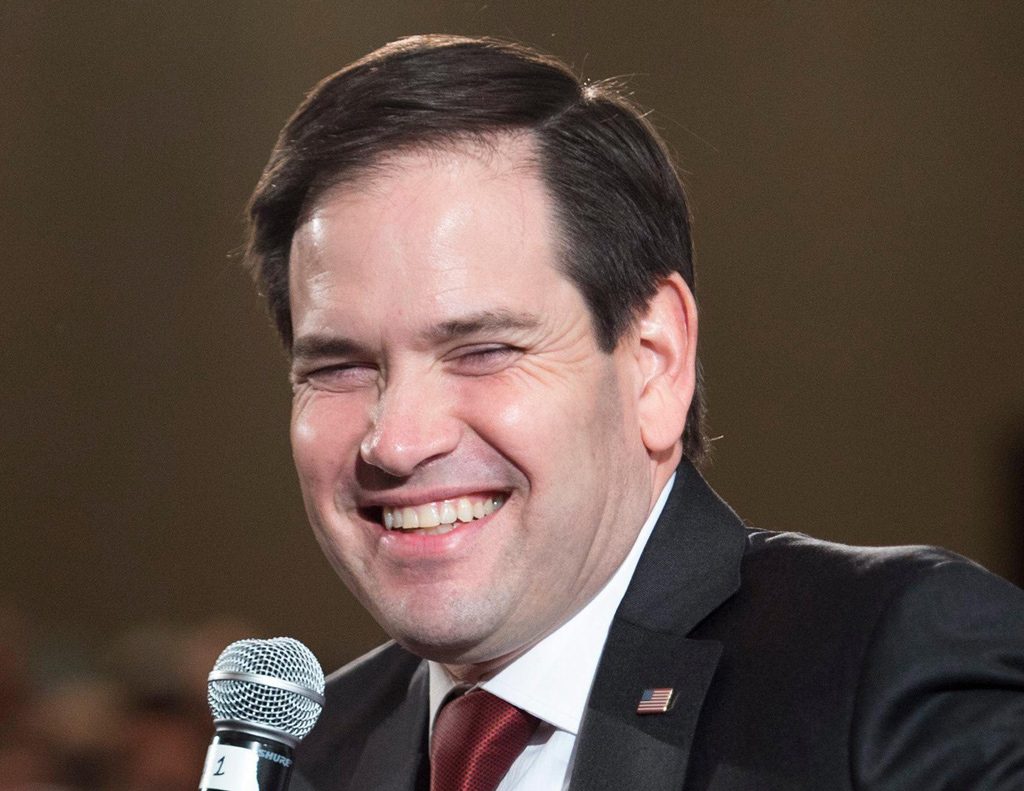
Marco Rubio
With the round visage and prominent cheekbones that, studies say, people find agreeable and trustworthy, Rubio always looks happy. Even better, he shows a generous amount of eye-crinkling when flashing a genuine Duchenne smile.* Rubio also sends abundant social signals—automatically tilting his head when listening to a question and licking his lips before launching into his next thought—that register as thoughtfulness. Most interesting is his habit of running his tongue over his teeth, suggesting that his famous dry mouth is still an issue. (Tip: Wedge a mint inside your cheek, Senator, to keep the saliva flowing.)
In Rubio’s expressive face, the right forehead furrows less than the left side, suggesting he’s been Botoxed or had a football injury to the supraorbital nerve that emerges just above the middle of the eyebrow.
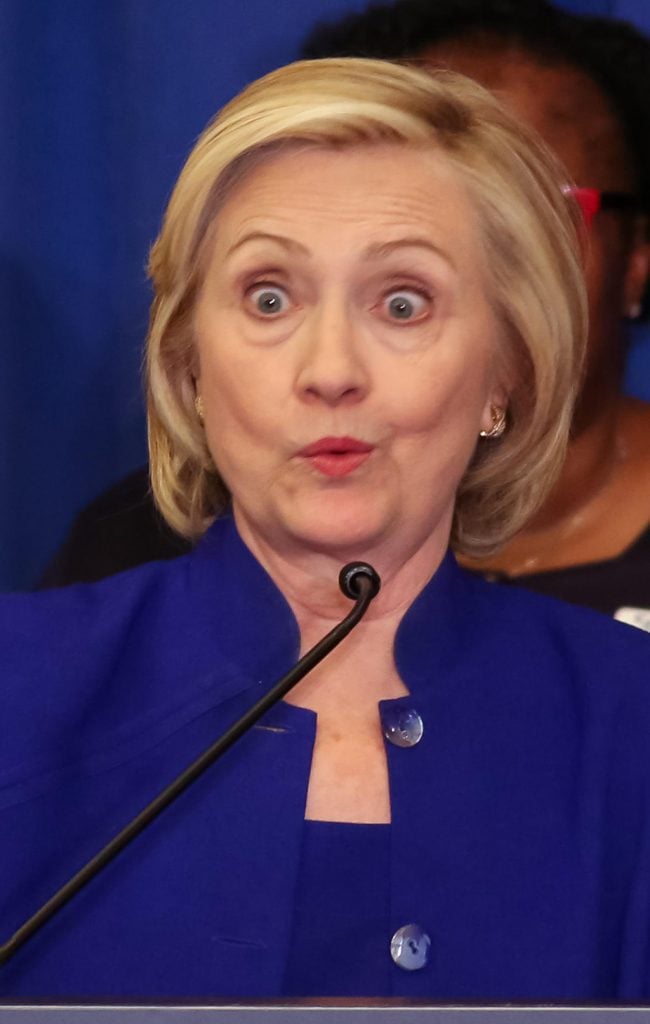
Hillary Clinton
The Democratic frontrunner is a study in exaggeration—eyes wide, mouth agape, arms thrown open as if role-playing with a toddler (or receiving random electric shocks). The implausible degree of enthusiasm comes across as contrived, a perception fed by two other habits: the oscillating sweep of her head as she speaks from a podium and her oddly calm face. The former gives the impression of insecurity and indecision, while the latter makes her appear emotionally subdued. She shows little eye-crinkling, and her forehead too often stays glacially smooth. It’s a good bet she’s been Botoxed, an intervention that, we now know, ironically leaves the user less able to read others and less able to feel empathy.
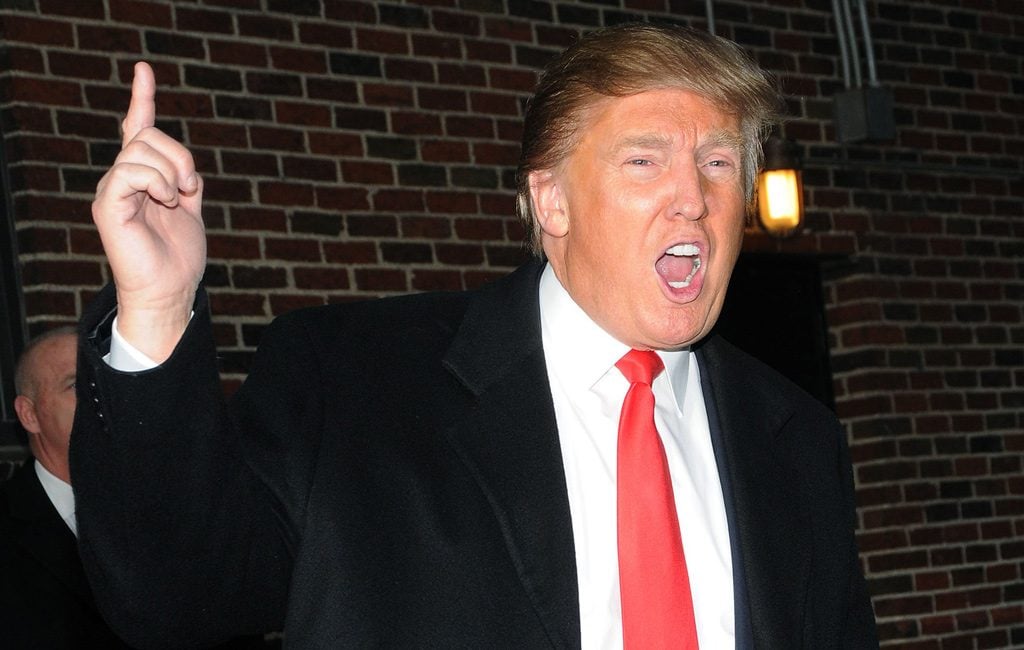
Donald Trump
The Donald’s syntax is a smorgasbord—we rarely get a coherent clause, let alone a complete sentence. His face is also what I’d call “emphatic”—livelier than even Rubio’s—and ventures where established politicians usually dare not go: He plays the jester, the clown, the uninhibited vulgarian.
Trump’s shrugs and dismissive hand waves affirm his high self-regard. He says, “I don’t care.” To discern what does matter to him, follow the blushes. When he spoke of “[taking] care of our vets” in the South Carolina primary, his face flushed crimson.
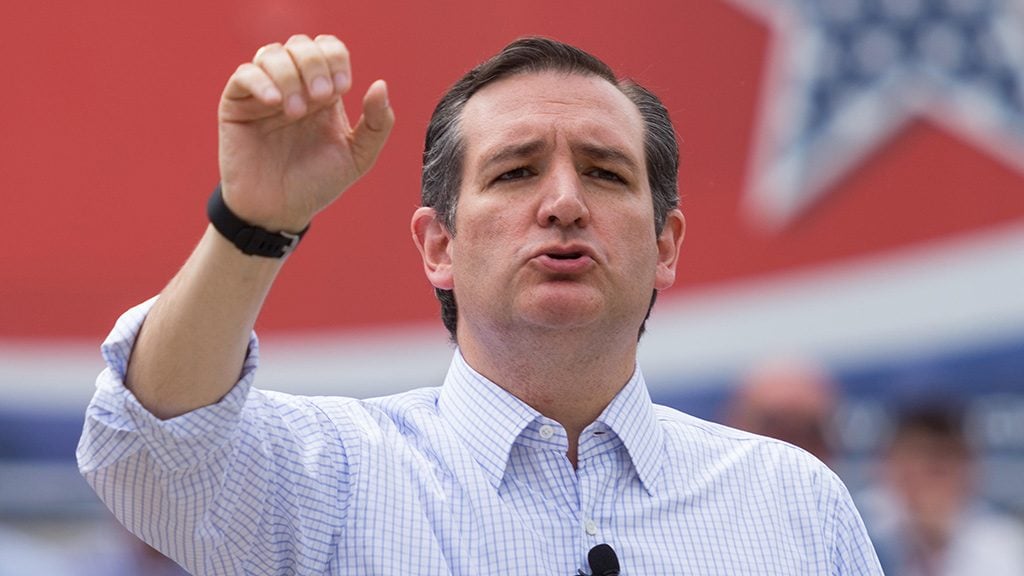
Ted Cruz
The Texas senator’s tall, rectangular face, with a chin as pointy as the Wicked Witch of the West’s, falls well outside of the standard of what people deem trustworthy. Cruz’s eyebrows—which bend down, not up—seem to repel viewers the most, but there’s plenty else to dislike. Instead of a Duchenne smile, his lips tighten into a straight line, his eyes fail to crinkle, and his forehead doesn’t furrow. When he pontificates, his mouth contorts into a strange O.
Red flags wave everywhere in Cruz’s gestures. He jabs incessantly, nods non-stop, and doesn’t seem to know what to do with his hands. He not only emotes but shows us he’s emoting, as if proudly displaying the tools in his debating-skills box. The result, however, is that he comes across as ill at ease and less than sincere. Or else constipated.

Bernie Sanders
It’s not much of a surprise that the Vermont senator broadcasts conviction. His wild finger-pointing and two-handed gestures read as an authentic, natural debating style. (See: how to squabble in Brooklyn.) All of the candidates are extensively rehearsed, but I’ve looked for signs of evasion or incongruity and haven’t found any in Sanders. You may disagree with his ideas, but there’s little doubt they’re heartfelt.
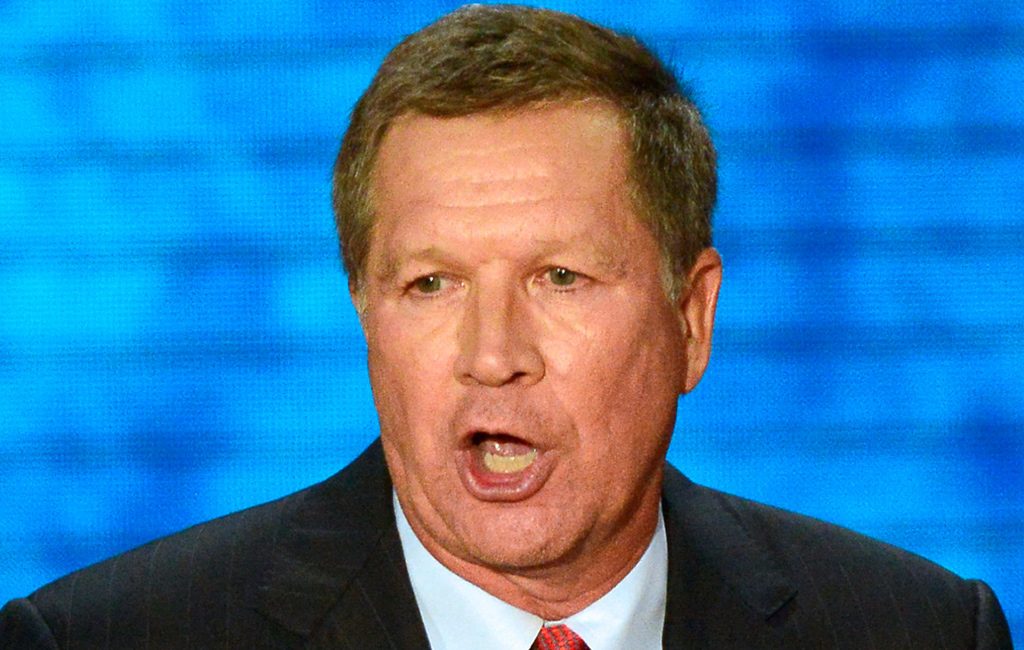
John Kasich
Life is deeply etched into the Ohio governor’s face, communicating in a less voluble way than Sanders that he’s the real deal. Emotion acts as what engineers call an “interrupt function,” switching us to a different line of thought. Emotionally intelligent people don’t let themselves get sidetracked or take others’ bait, and Kasich’s refusal to be riled suggests a high degree of emotional intelligence.
He’s also quite comfortable facing a crowd alone. Eyebrows arch, and his forehead corrugates when a question demands a thoughtful response, projecting the image of someone you can trust. One drawback is his stoop, which says “feeble” and “frail.” Shoulders back, Governor!
*The smile-like facial expression is named after Guillaume-Benjamin-Amand Duchenne, a 19th-century French neurologist who noted that while we voluntarily contract the zygomatic muscle that raises the mouth to say “cheese,” we can’t willfully contract the orbicularis oculi that encircle the eye sockets. The eyes give away one’s game and help us tell a forced smile from a genuine one.
This article appears in our April 2016 issue of Washingtonian.

